Stakeholder Engagement for Common Enrollment Systems
This brief provides an introductory look at how leaders can effectively engage stakeholders during the design and implementation of a common enrollment system.
Coordinating Enrollment Across School Sectors: An Overview of Common Enrollment Systems
This “Spotlight” brief outlines the elements of a successful common enrollment system, and the experiences and outcomes of cities currently using these systems.
The Capacity Challenge: What It Takes for State Education Agencies to Support School Improvement
This study explores the primary obstacles that inhibit state education agencies from better supporting school and district improvement.
Communicating Change in Education: Ideas from a PR Expert
This “Spotlight” brief outlines four strategies for building effective communication around district change efforts.
Good Options and Choices for All Families: How Some Portfolio Districts Are Collaborating with Charter Schools
This “Spotlight” brief describes successful collaborative initiatives in district-charter Compact cities, and highlights the advantages that portfolio district superintendents bring to collaboration.
Why the Gap? Special Education and New York City Charter Schools
This study uses NYC data to analyze the factors driving the gap in special education enrollment between charter and traditional public schools.
Assessing the Outcomes of Charter School Students with Special Needs: Research Design Brief
This brief outlines challenges of producing rigorous and useful research on how students with special needs fare in charters and makes recommendations for designing studies needed to inform policy and practice.
Defining and Organizing for School Autonomy
This brief explains how portfolio districts define and implement autonomies for schools.
Improving Student Opportunities and Outcomes in Hartford Public Schools
This analysis of Hartford Public Schools seeks to show whether opportunities to attend quality schools and student outcomes have improved as the district implemented the portfolio strategy.
District-Charter Collaboration Compact: Interim Report
This interim report details the first two years of district-charter collaboration in 16 Compact cities, including lessons learned and potential opportunities and challenges ahead.


